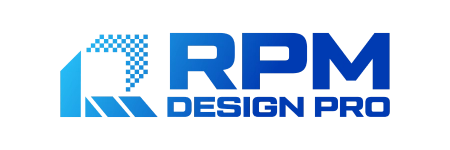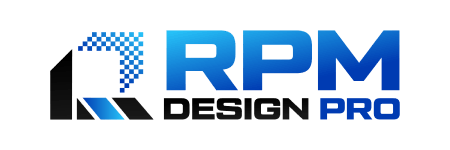The Differences Between Paid Facebook Ads and Regular Facebook Posts
Facebook offers businesses a powerful platform to connect with their audience. Understanding the differences between paid Facebook ads and regular Facebook posts can help you make the most of your social media marketing efforts. Here’s a breakdown of the key distinctions:
-
Visibility and Reach
Regular Facebook Posts
- Organic Reach: Regular posts appear in the news feeds of people who already follow your page. The reach of these posts is determined by Facebook’s algorithm, which considers factors like engagement and relevance.
- Limited Reach: Organic reach has declined over the years, often limited to a small percentage of your followers.
Paid Facebook Ads
- Enhanced Reach: Paid ads allow you to reach a broader audience beyond your followers. You can target specific demographics, interests, and behaviors.
- Guaranteed Visibility: Paid ads ensure that your content is seen by more people, as you are paying for placement in users’ news feeds.
-
Targeting Options
Regular Facebook Posts
- Follower-Based: Your posts are primarily seen by those who already like and follow your page, with limited targeting based on engagement history.
- Organic Engagement: The reach of your posts depends on how much your existing audience engages with them.
Paid Facebook Ads
- Advanced Targeting: Paid ads offer detailed targeting options, including age, location, interests, behaviors, and even custom audiences based on email lists or website traffic.
- Precision Marketing: You can create highly specific campaigns aimed at reaching potential customers who match your ideal customer profile.
-
Analytics and Insights
Regular Facebook Posts
- Basic Insights: You get access to basic analytics like likes, shares, comments, and reach. These metrics help you understand how your posts are performing among your followers.
- Limited Data: Insights are more limited compared to paid ads, offering less detailed information about audience behavior.
Paid Facebook Ads
- Detailed Analytics: Paid ads provide comprehensive metrics, including impressions, click-through rates, conversions, and cost per result.
- Campaign Tracking: You can track the performance of your ads in real-time, making it easier to adjust your strategy and optimize your budget for better results.
-
Content Control and Flexibility
Regular Facebook Posts
- Spontaneous Posting: Regular posts are often used for real-time updates, engagement, and interaction with your audience.
- Organic Content: The content is typically more informal and aimed at fostering community and engagement.
Paid Facebook Ads
- Strategic Content: Paid ads require careful planning and design to ensure they meet marketing objectives and resonate with the target audience.
- Ad Formats: You can choose from various ad formats, such as carousel ads, video ads, slideshow ads, and more, to create compelling campaigns.
-
Cost
Regular Facebook Posts
- Free: Posting on your Facebook page is free, making it a cost-effective way to engage with your audience.
- Resource Investment: The main investment is time and effort in creating engaging content.
Paid Facebook Ads
- Budget Allocation: Paid ads require a financial investment, with costs varying based on your campaign objectives, audience size, and competition.
- ROI Focus: The goal is to achieve a return on investment (ROI) by driving specific actions, such as website visits, leads, or sales.
Conclusion
Both regular Facebook posts and paid Facebook ads play important roles in a comprehensive social media strategy. Regular posts help maintain an ongoing relationship with your audience, while paid ads allow you to reach new potential customers and achieve specific marketing goals. By understanding the differences and leveraging both effectively, you can maximize your presence on Facebook and drive better results for your business.



